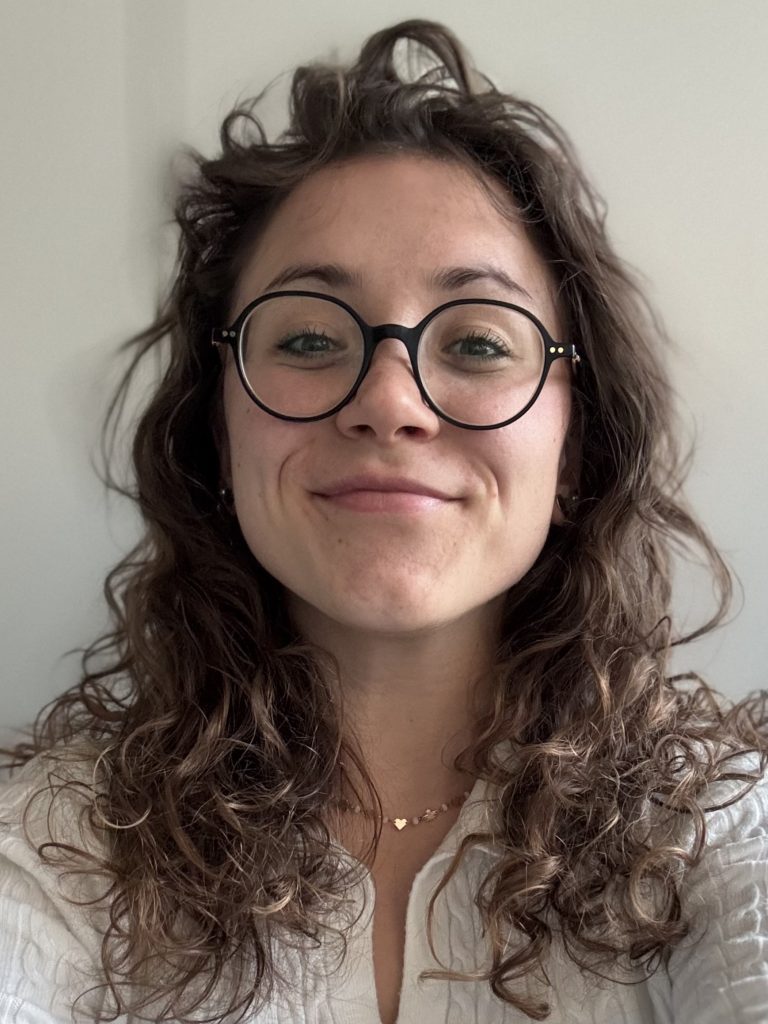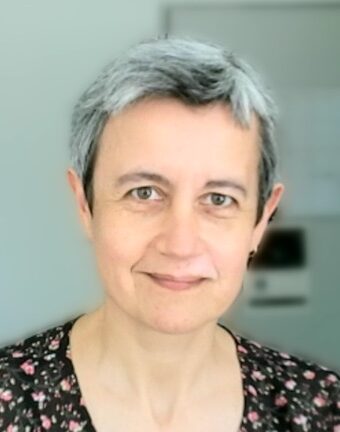About the project
The main objective of this project is to harness the power of photoresponsive species to achieve precise spatiotemporal control over membrane deformation. Photoswitches will be asymmetrically incorporated into the membranes of giant vesicles, with internal compartmentation established by condensate droplets. The aim is to develop a novel approach for targeted exocytosis and division within these synthetic cells, advancing our understanding of membrane dynamics and creating new opportunities for applications in synthetic biology and cellular engineering. This approach may enable the implementation of photoresponsive species for controlling RNA and protein-based drug delivery and therapeutics.
The project will include secondments at AMOLF in the Netherlands (Ganzinger Group), the University of Siena in Italy (Rossi Group), and the Berlin branch of Nature Communications.
Selected References
- A. Mangiarotti, M. Aleksanyan, M. Siri, R. Lipowsky and R. Dimova, Photoswitchable endocytosis of biomolecular condensates in giant vesicles, Adv. Sci. 11, 2309864 (2024); https://doi.org/10.1002/advs.202309864
- A. Mangiarotti and R. Dimova, Biomolecular condensates in contact with membranes, Annu. Rev. Biophys. 53, 319-341 (2024); https://doi.org/10.1146/annurev-biophys-030722-121518
- M. Aleksanyan, A. Grafmüller, F. Crea, V.N. Georgiev, N. Yandrapalli, S. Block, J. Heberle and R. Dimova, Photomanipulation of minimal synthetic cells: area increase, softening, and interleaflet coupling of membrane models doped with azobenzene-lipid photoswitches, Adv. Sci. 10, 2304336 (2023); https://doi.org/10.1002/advs.202304336
Doctoral Candidate: Matilde Becheroni

Matilde received both her Bachelor’s and Master’s degree from the University of Florence. Her Master in Chemical Sciences was focused on supramolecular and nano-systems chemistry.
During her Master’s thesis she performed studies on the behavior of biomimetic models of the cell membranes in the presence of two proteins involved in Parkinson’s disease, analyzing their interactions at the subphase level.
Hosted by:
Rumiana Dimova
Max Planck Institute of Colloids and Interfaces, Potsdam, Germany
Department of Sustainable & Bio-inspired Materials
Membrane Biophysics Group, www.dimova.de

